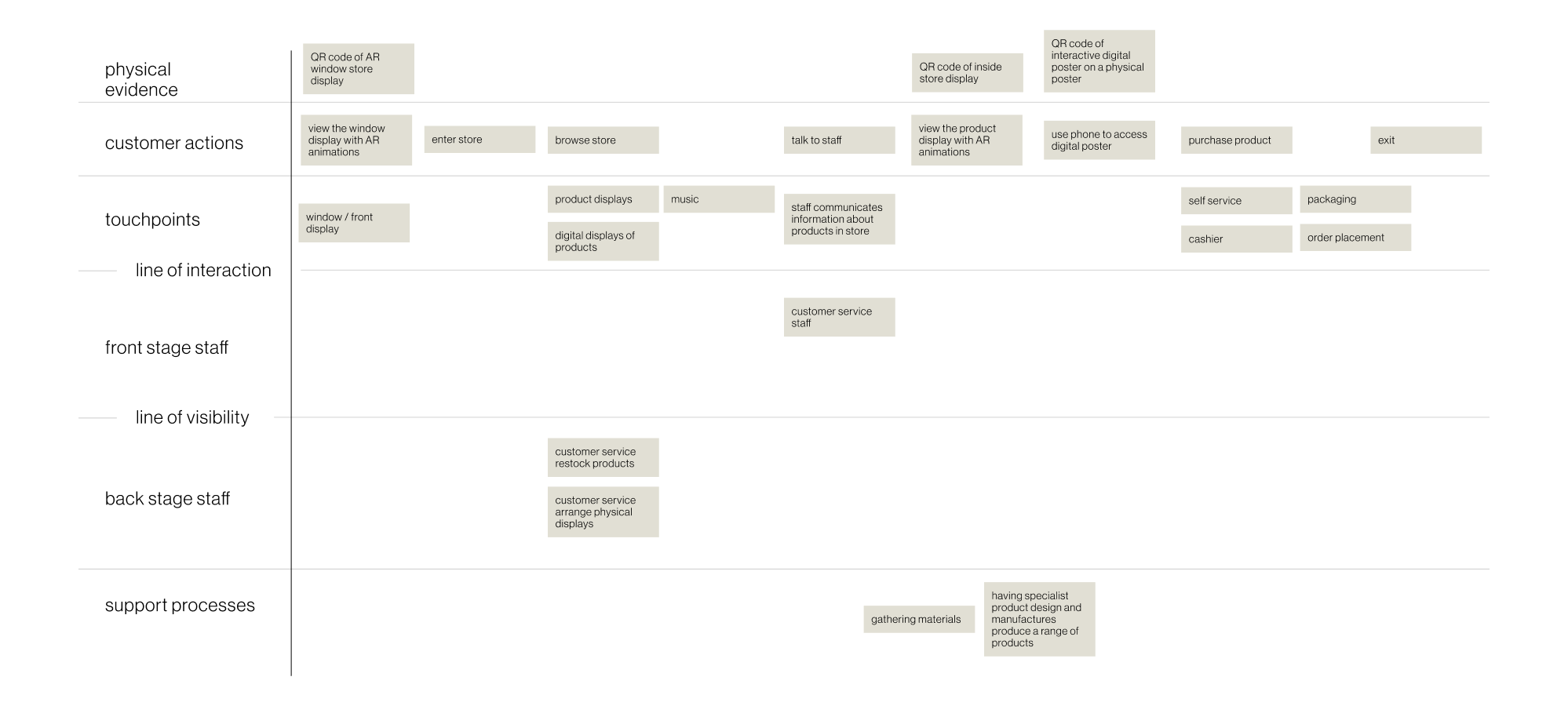Brand research
Searching for a brand to redesign for.
Also competitor research: Uniqlo and Arket
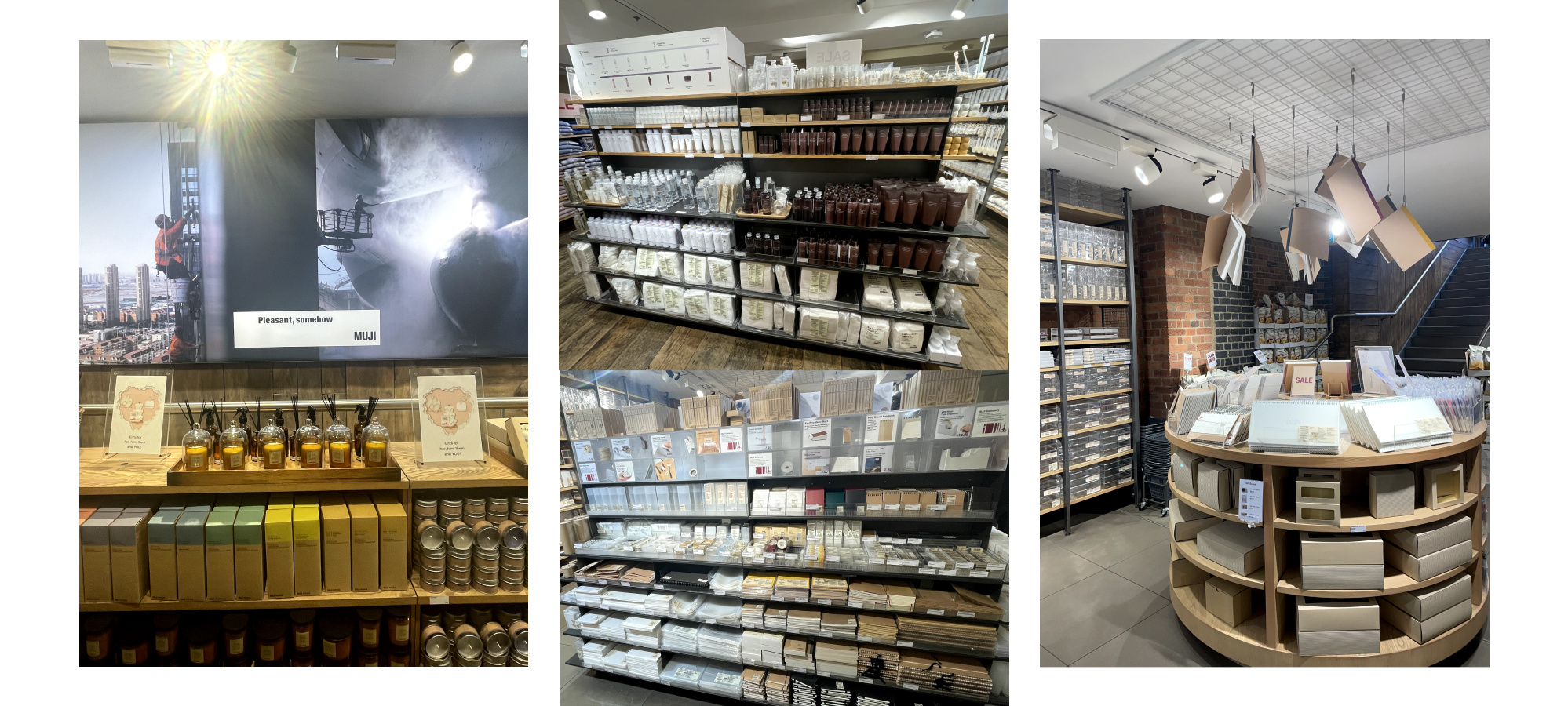
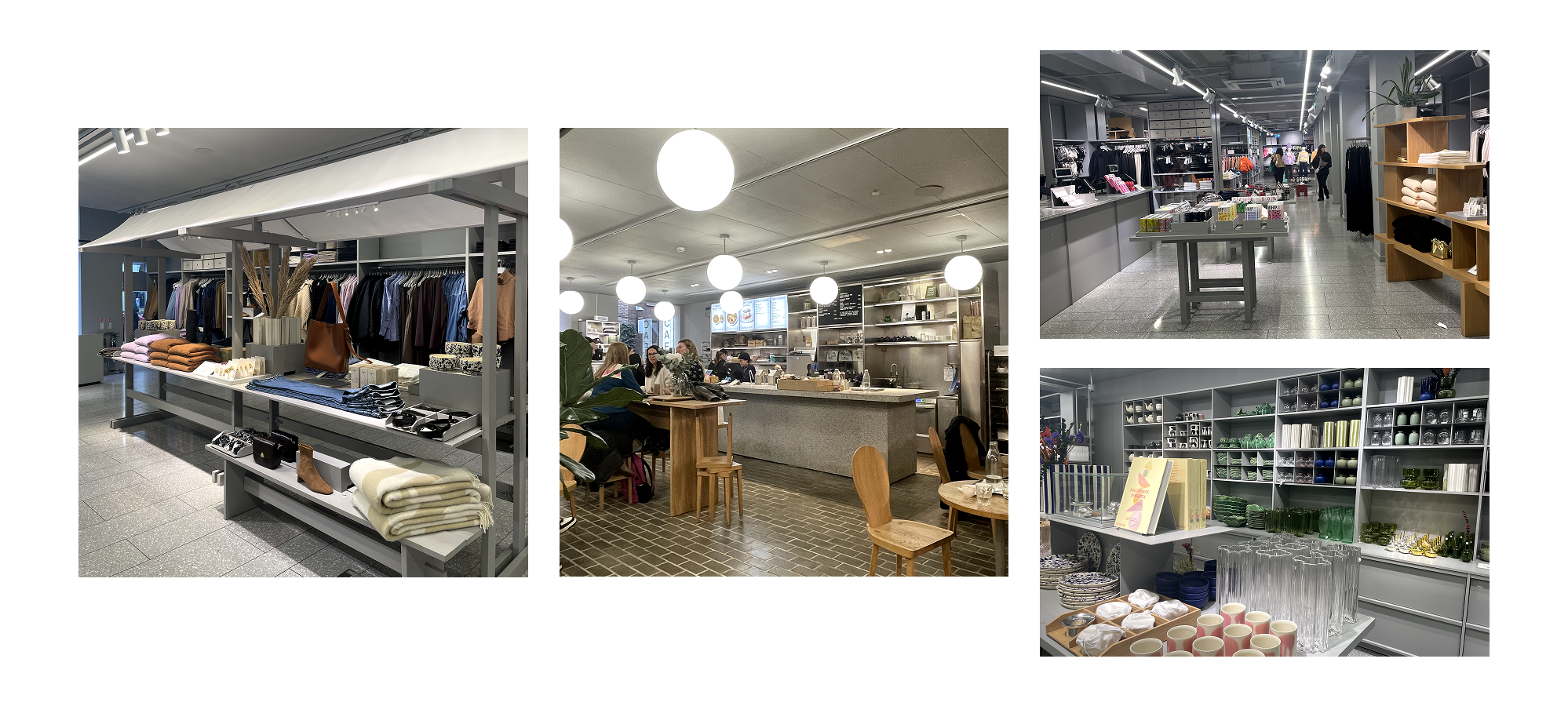
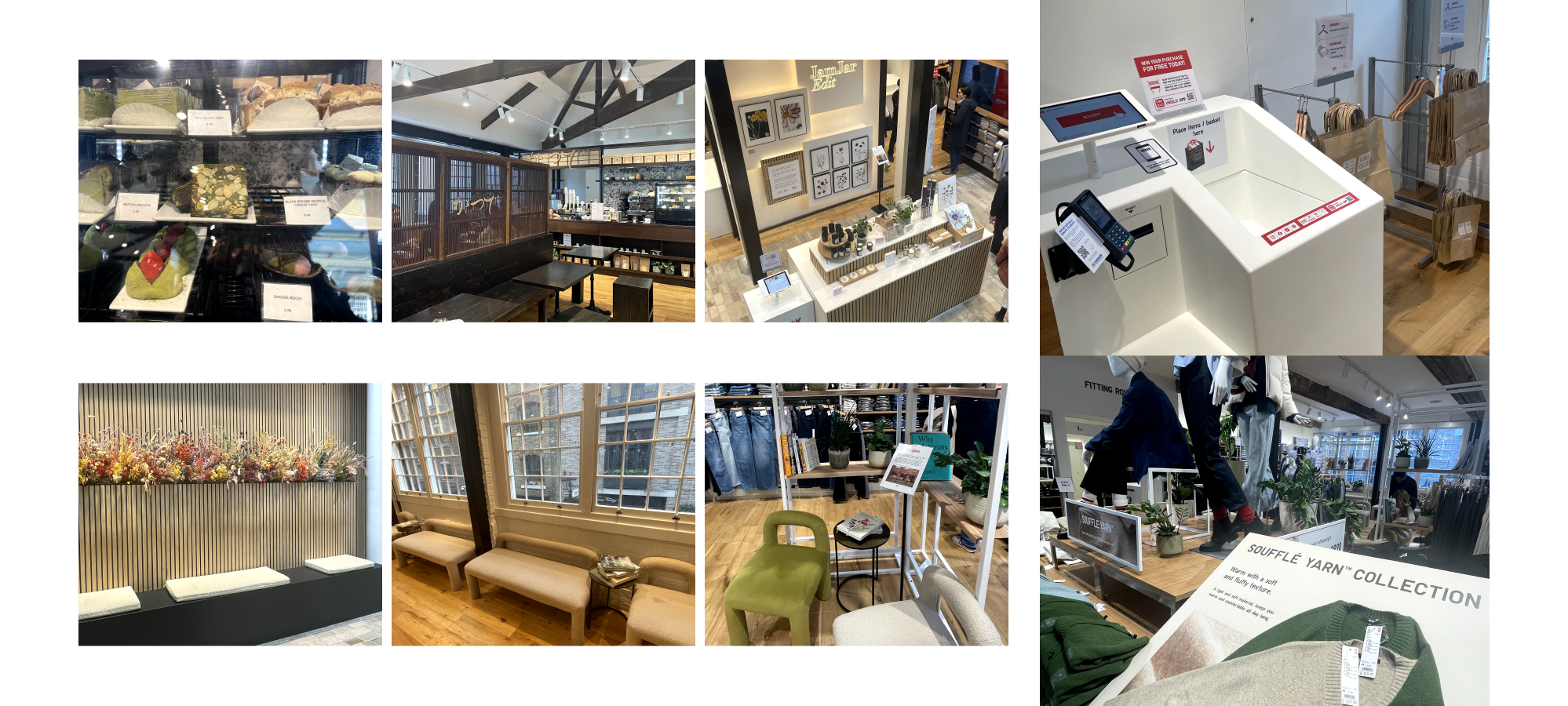
Searching for a brand to redesign for.
Also competitor research: Uniqlo and Arket



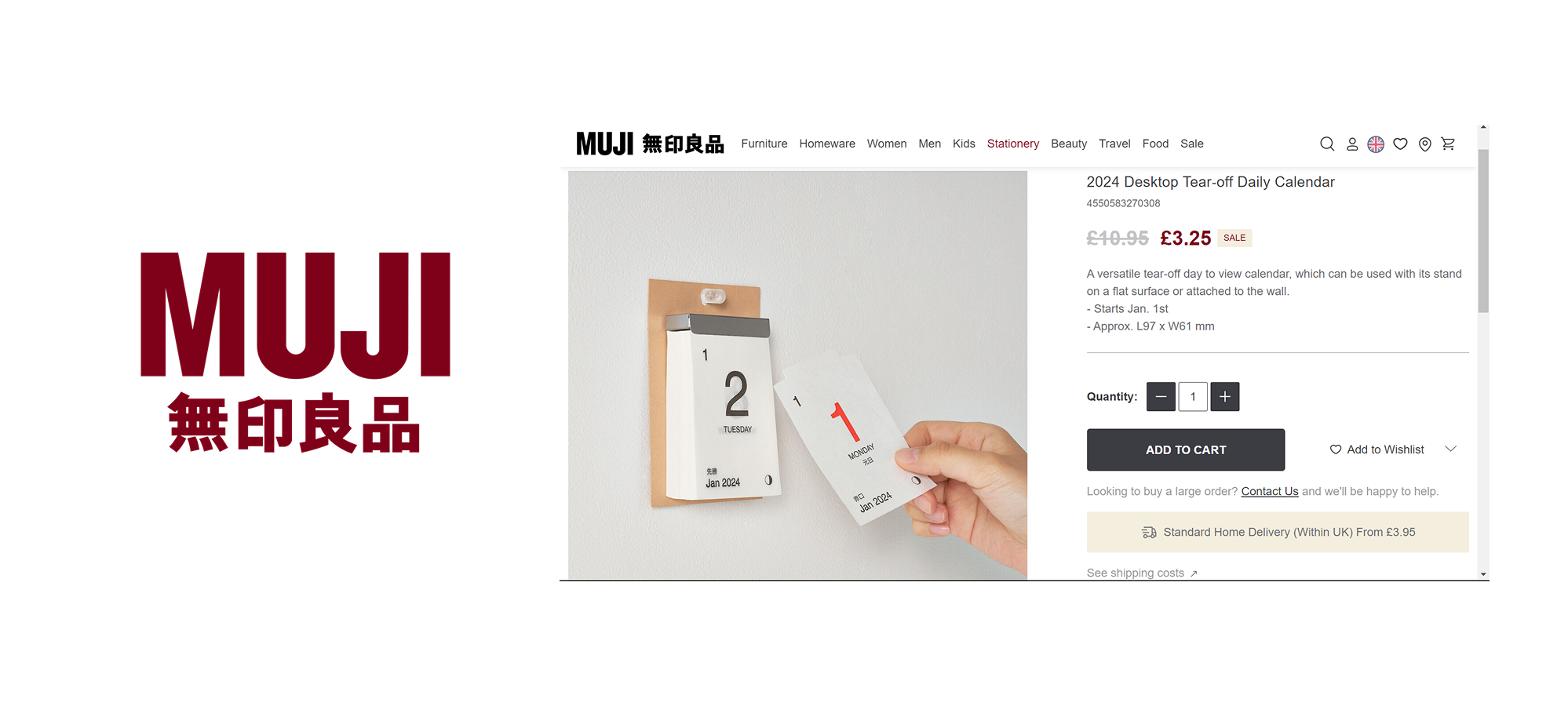
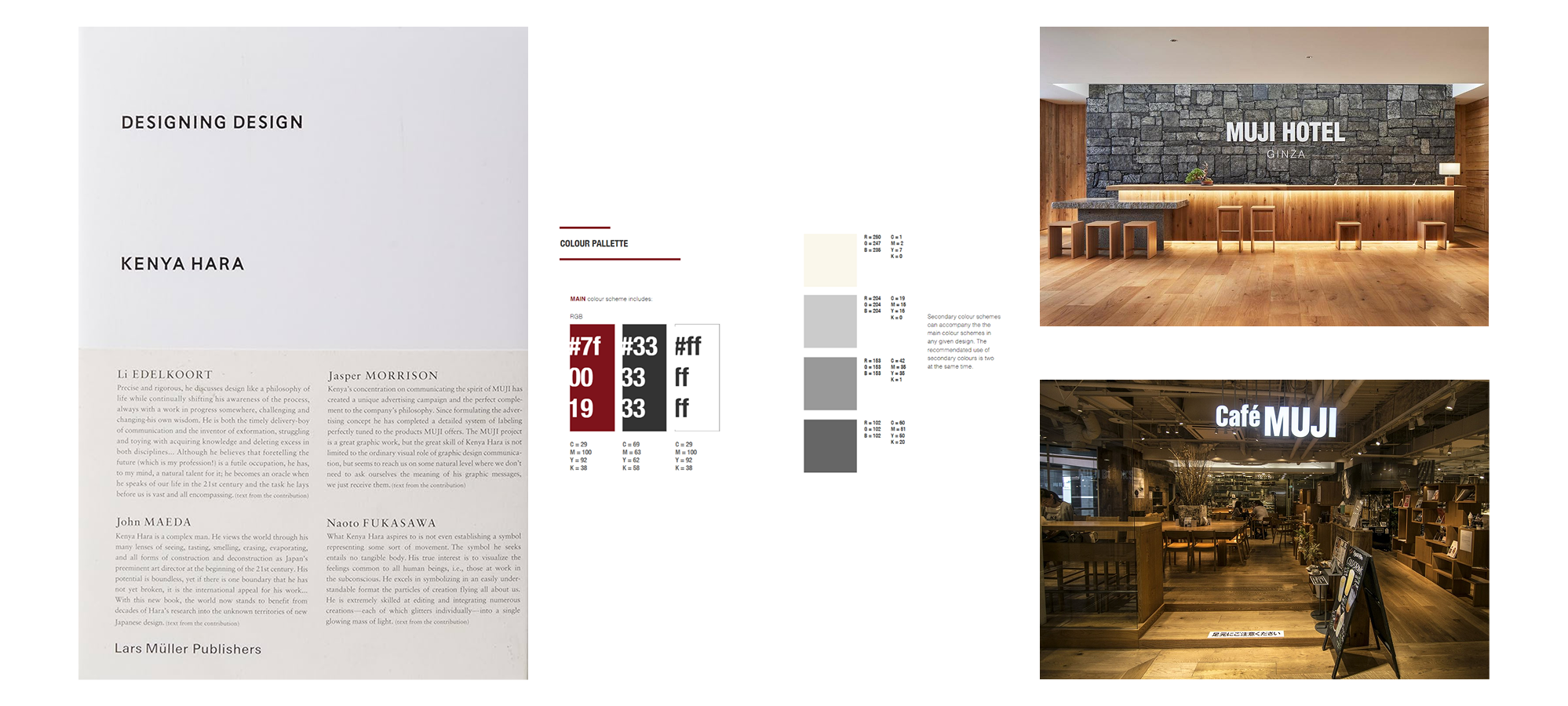
Website traffic demographics
Here are diagrams that represent MUJIs customer demographic though their online searches.
This shows that they have a balance of male and female customers.
The largest age group of visitors are 25 to 34
Keywords that describe MUJI
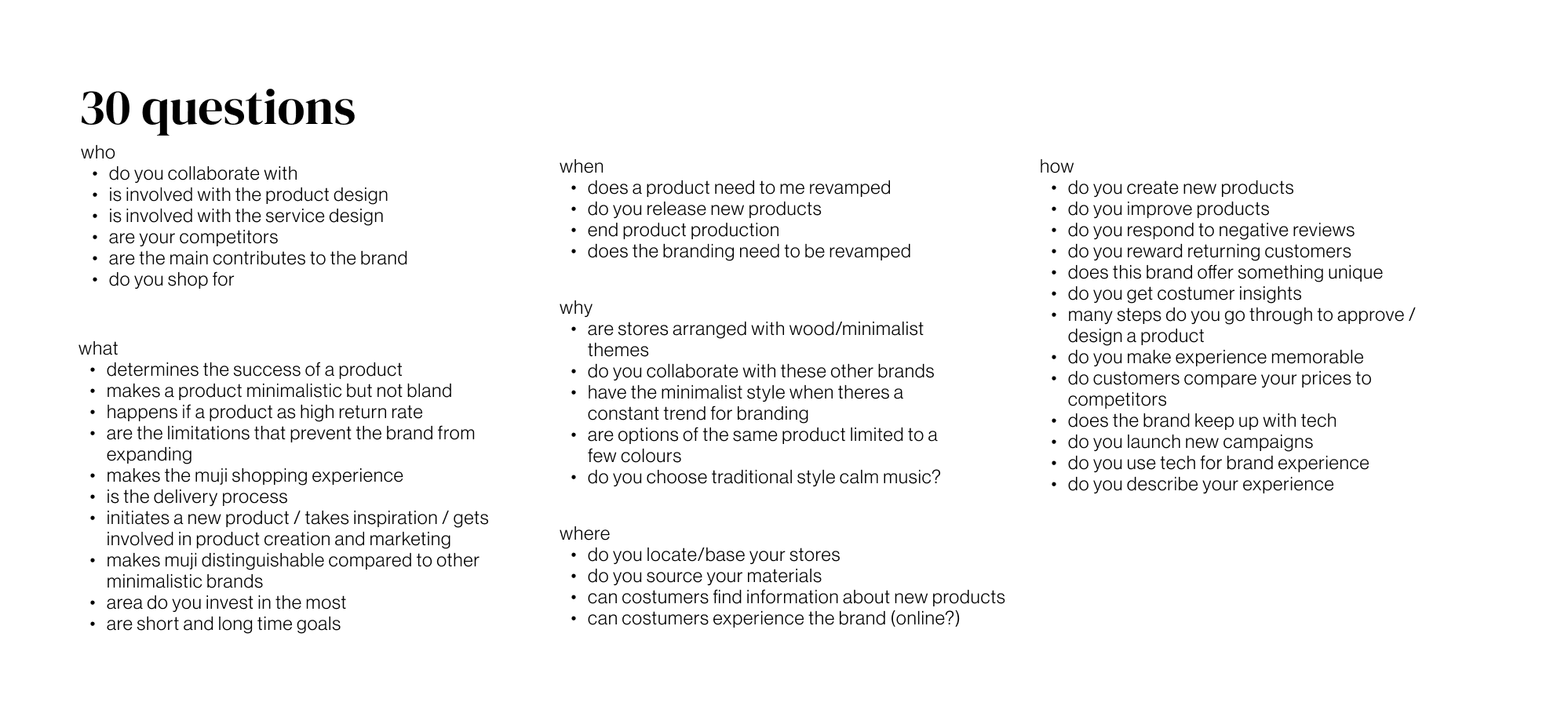
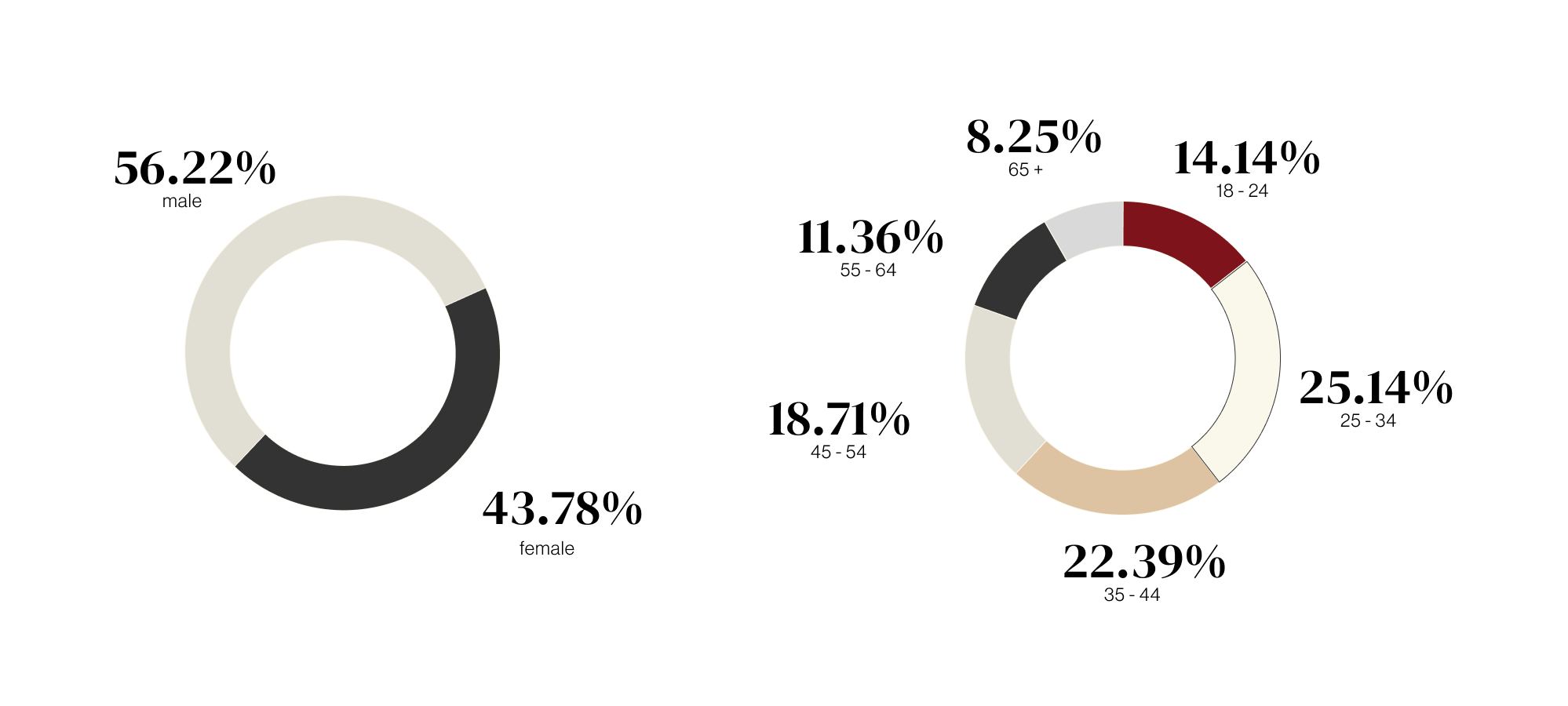
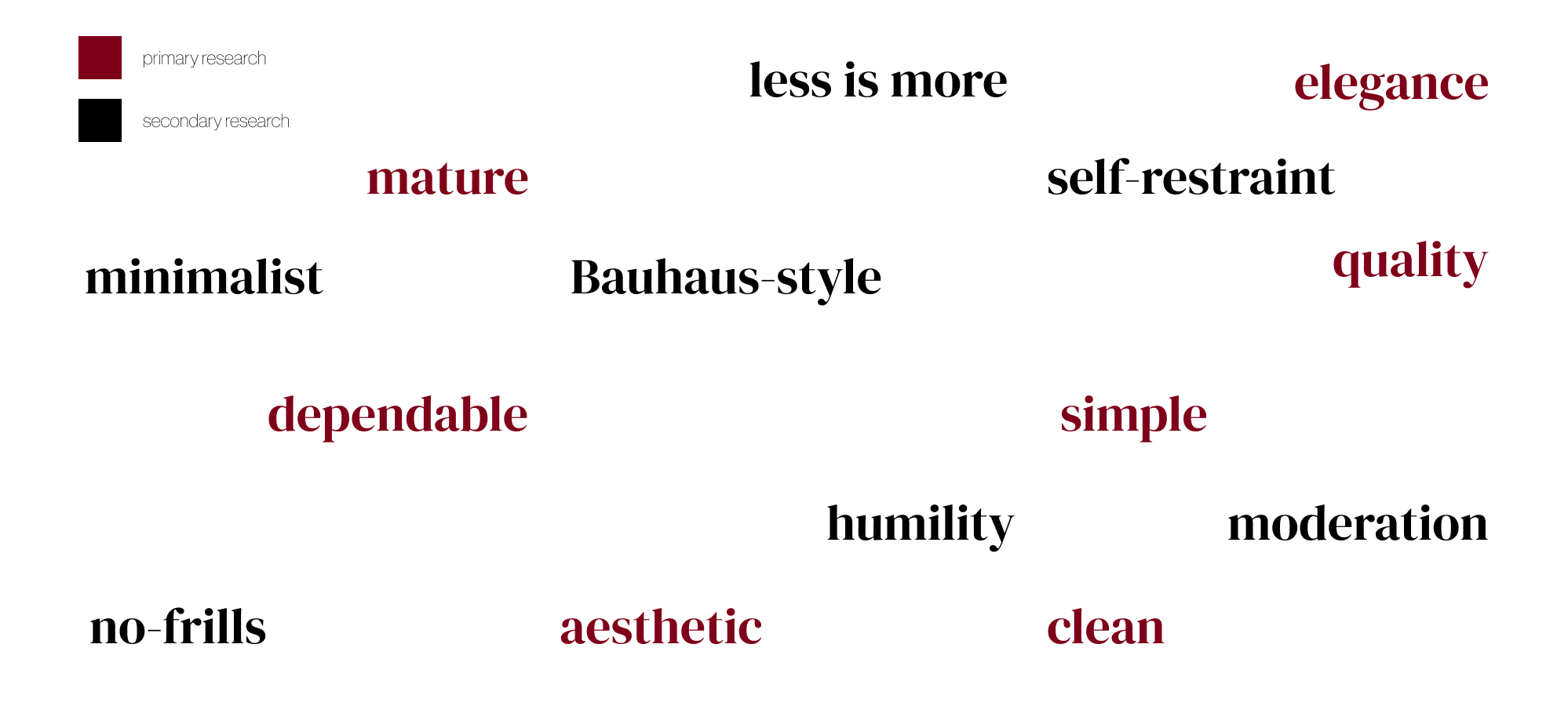
Here are some insights from a survey I conducted that was about Muji brand, products and customer experience. This was to see if there are any positive insights I can elevate in my redesign but also to tackle what Muji lacks. This survey was looking into the customers retail experience.
Results show that most MUJI shoppers like the instore experience and being able to physically hold and see products. The only times customers use online shopping is when items are too difficult to transport home manually such as purchasing a large amount of items or buying large items such as furniture.
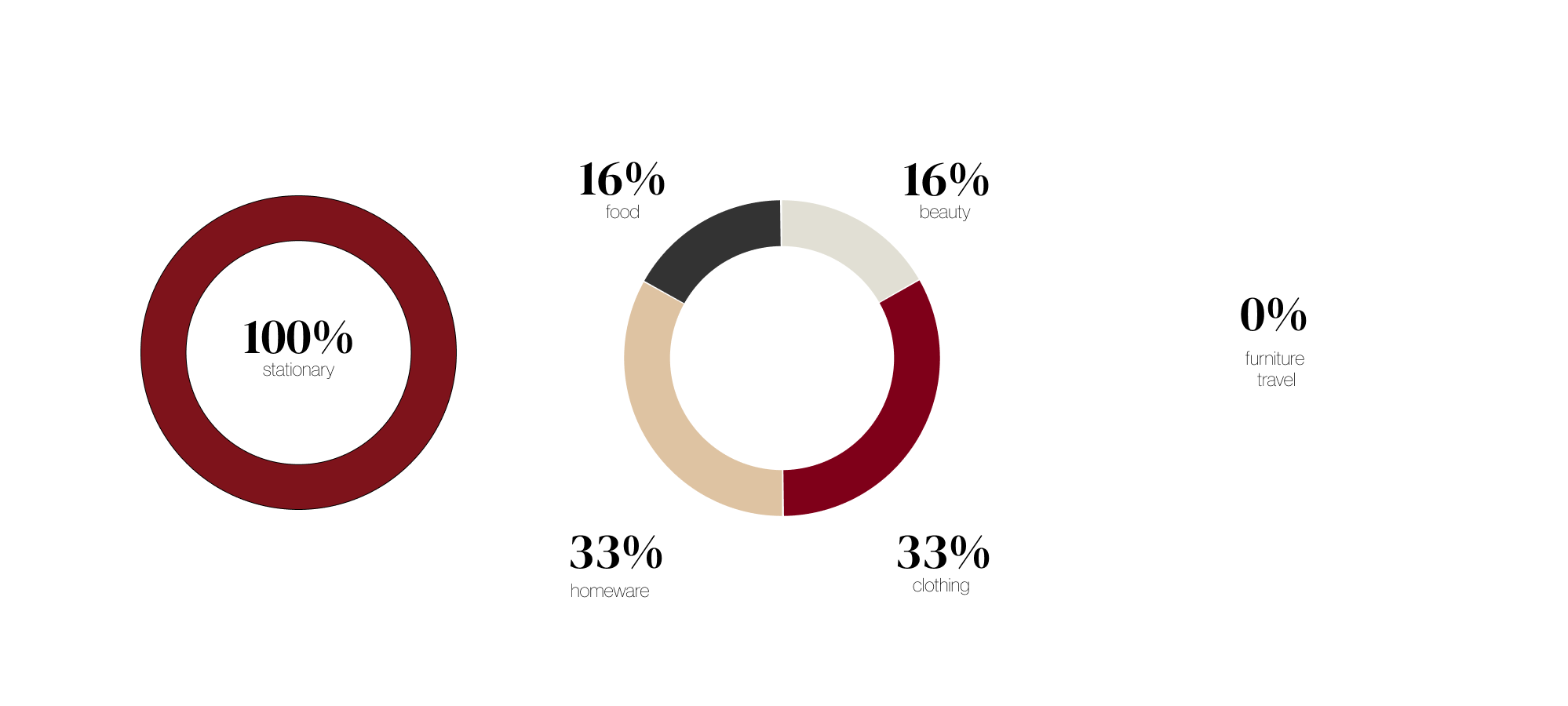
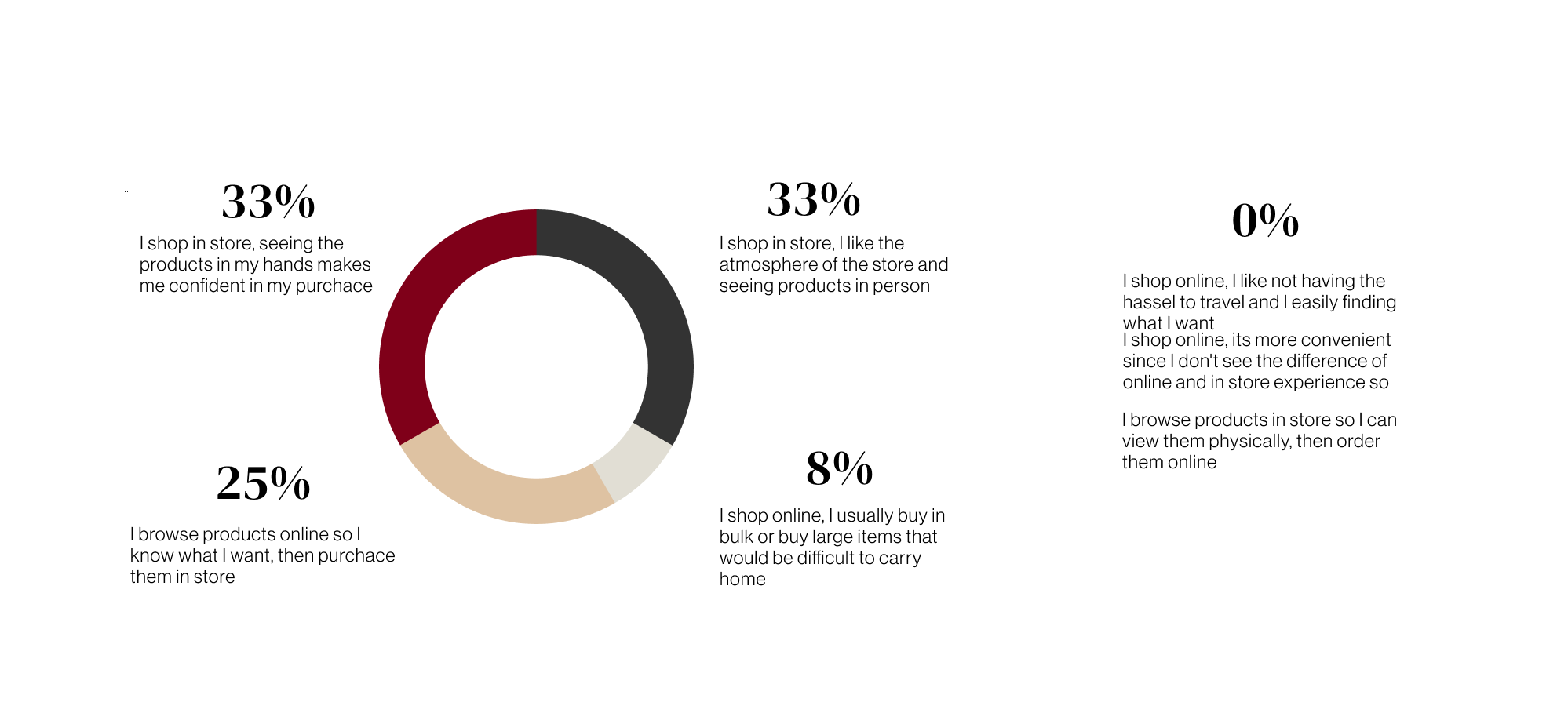
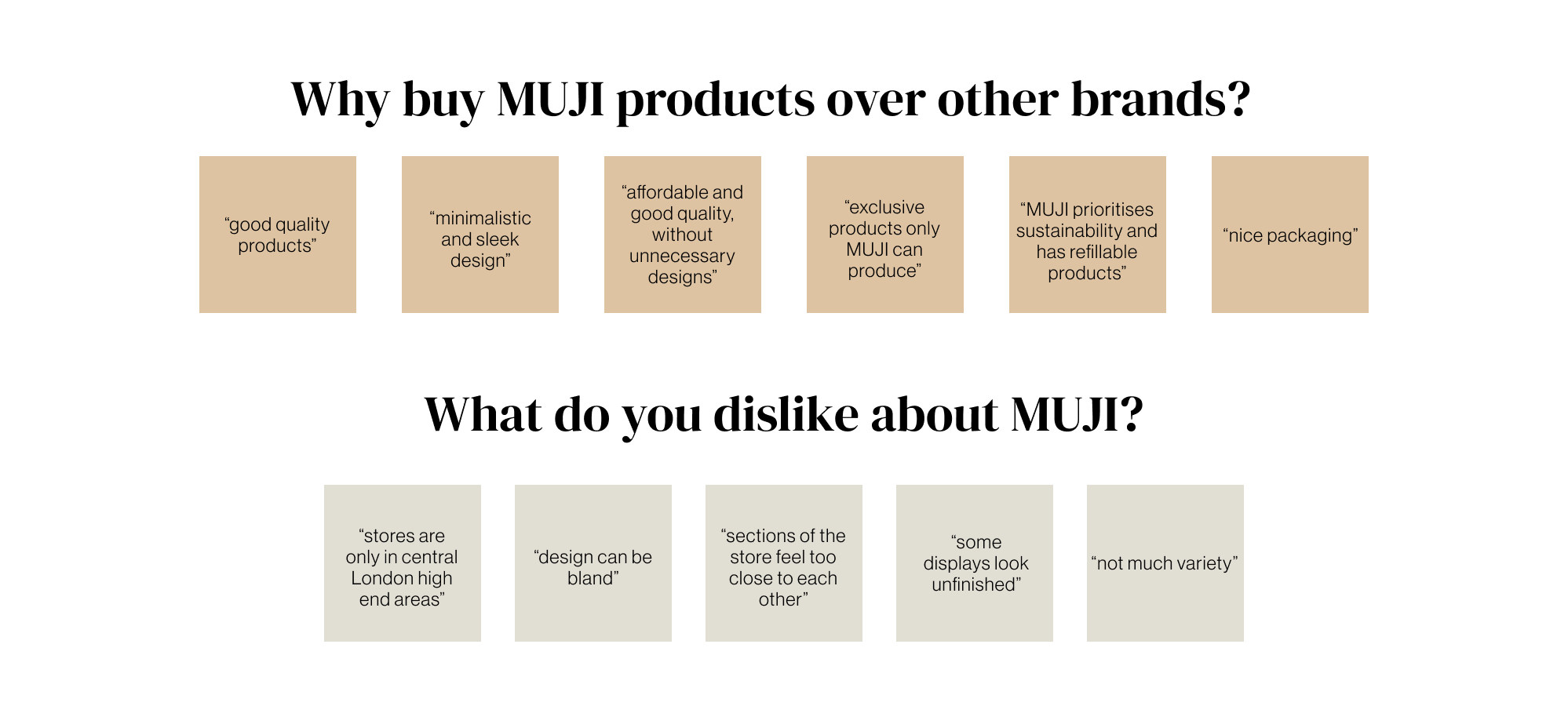
customisation options - using muji products as a blank canvas people can customise them - have a shared community where people post / suggest customisation ideas with muji products
3D interactive models of products AR animated 3D models when scanning qr codes in store or through paper catalogue
use of holographic for in store fantasy immersion
unique display of guides for products that are complex to use / not known enough for general audience
use of Japanese props more identity
have different areas for the categories of products
- make the space more open and areas are more defined
in store service more engaging
- have people who have specialise knowledge in said areas - e.g someone with skincare knowledge manages the beauty and skin care range
have a seasonal digital catalogue featuring other peoples way of using muji products
- website catalogue theme
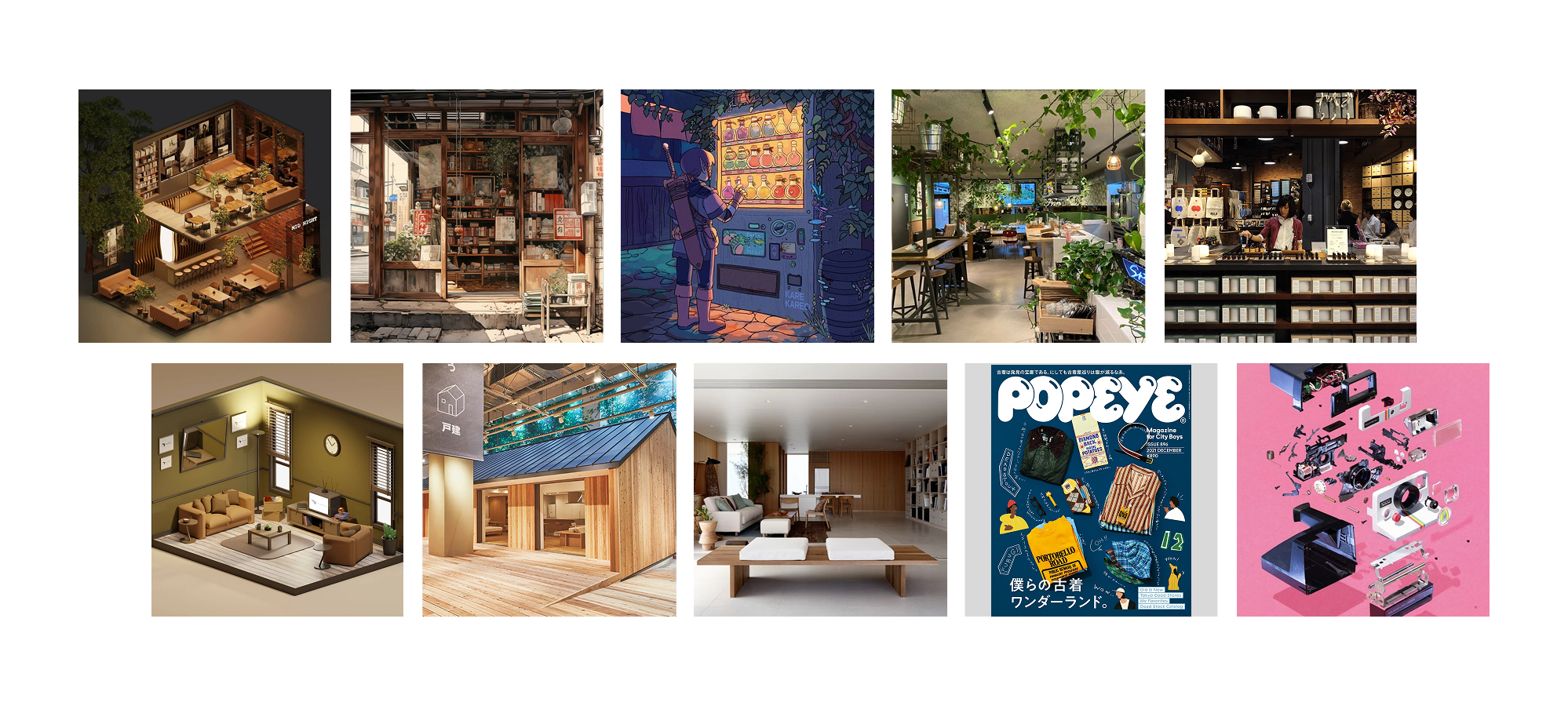
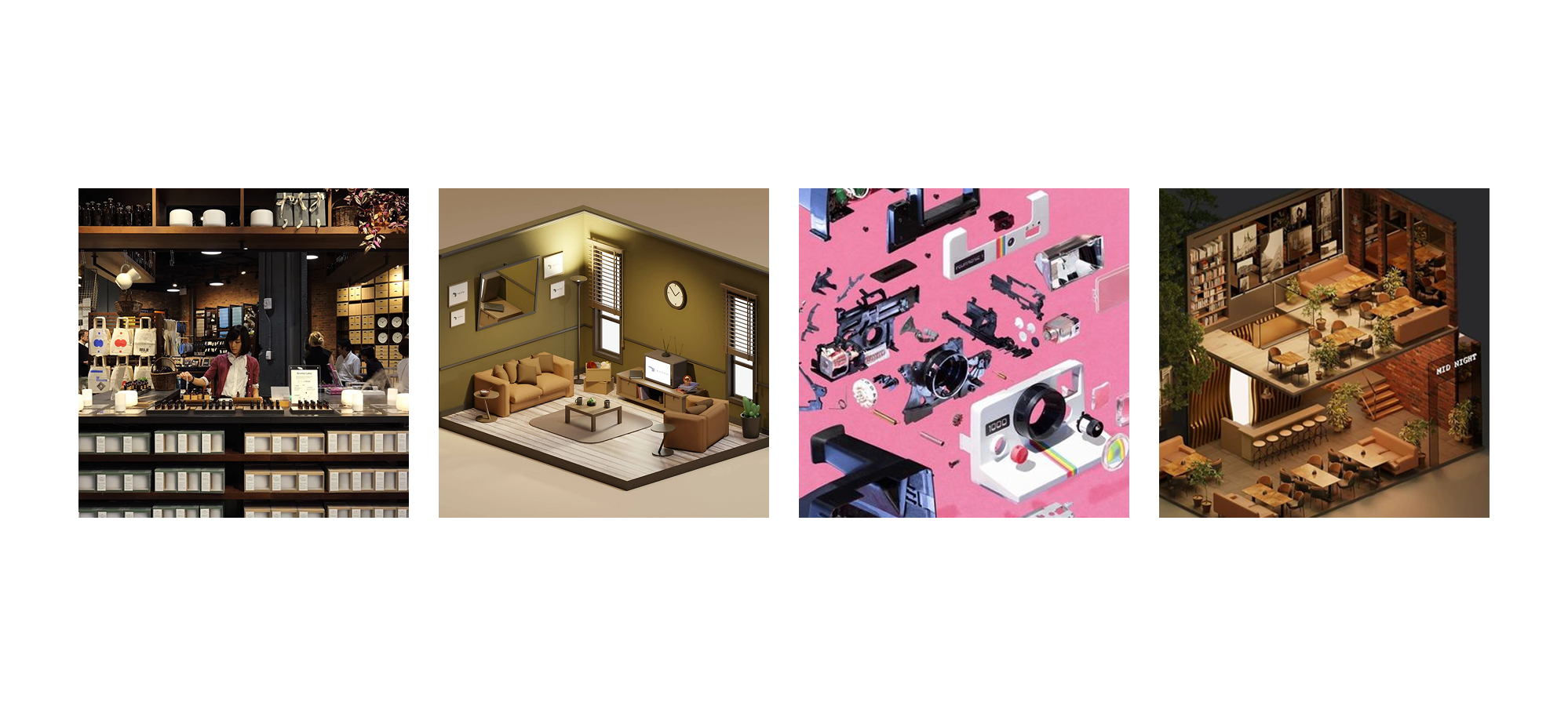
Using the results I got from primary research, I mapped out a user journey map along side empathy mapping to follow a customers typical experience and how they feel.
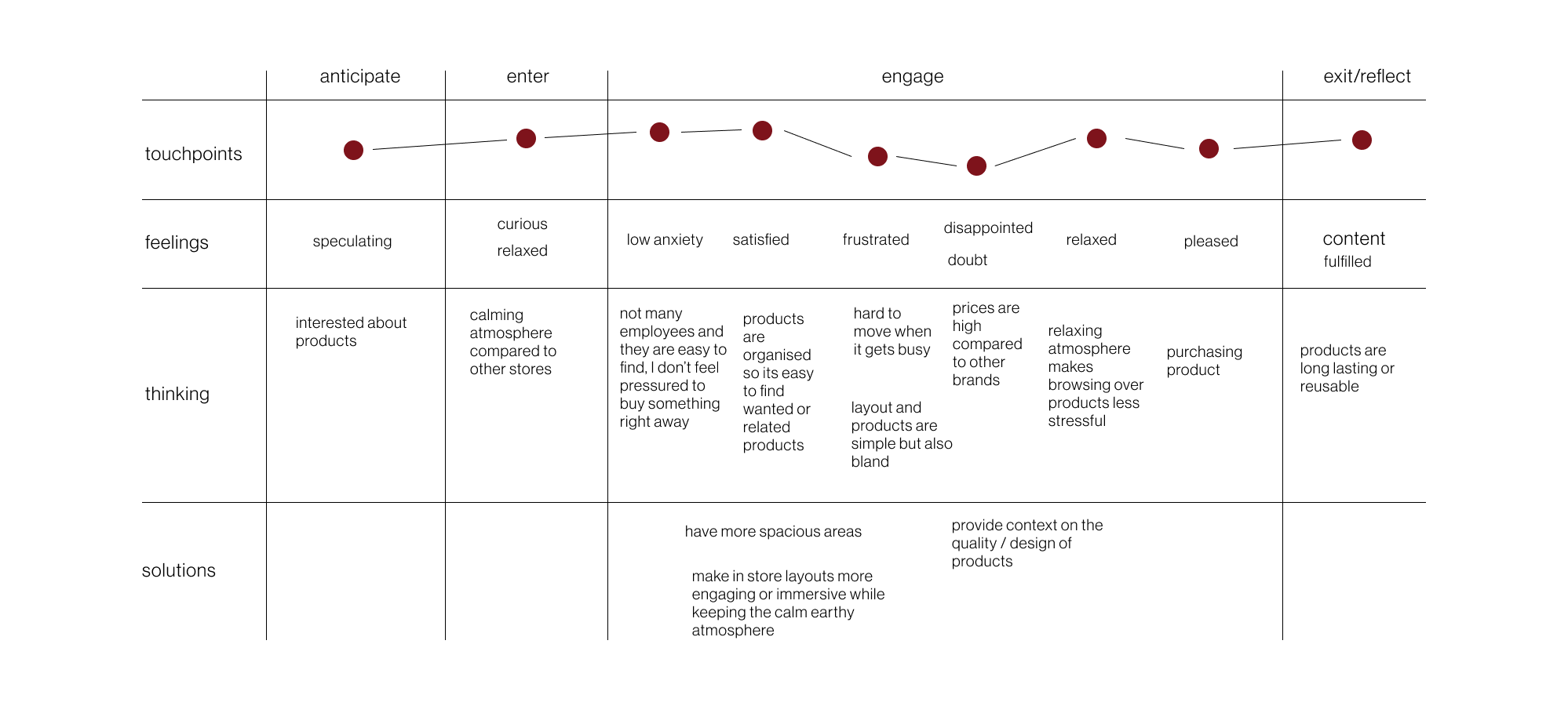
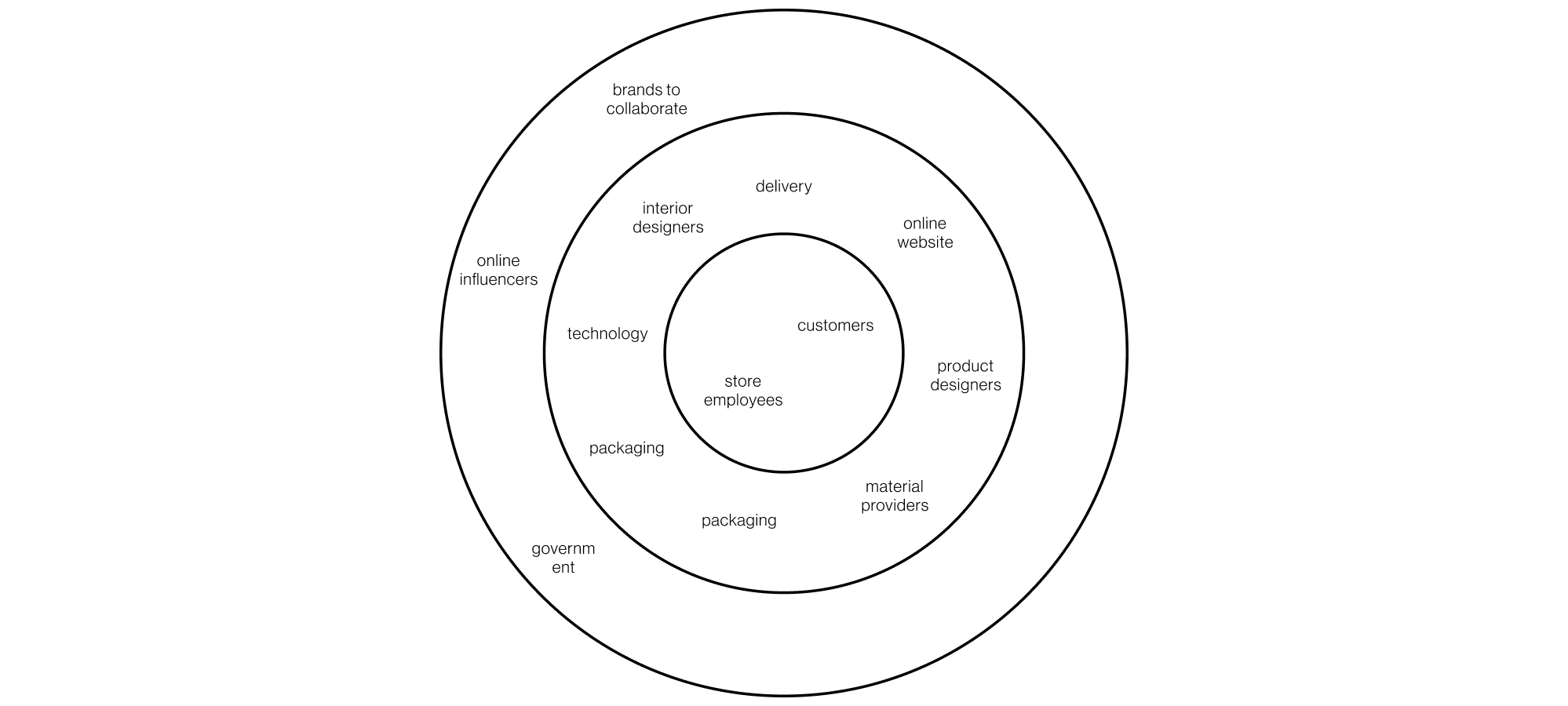
Based on the brand research I've created three different user personas to help assist in creating my touch points to make sure I can design to benefit a range of personas.
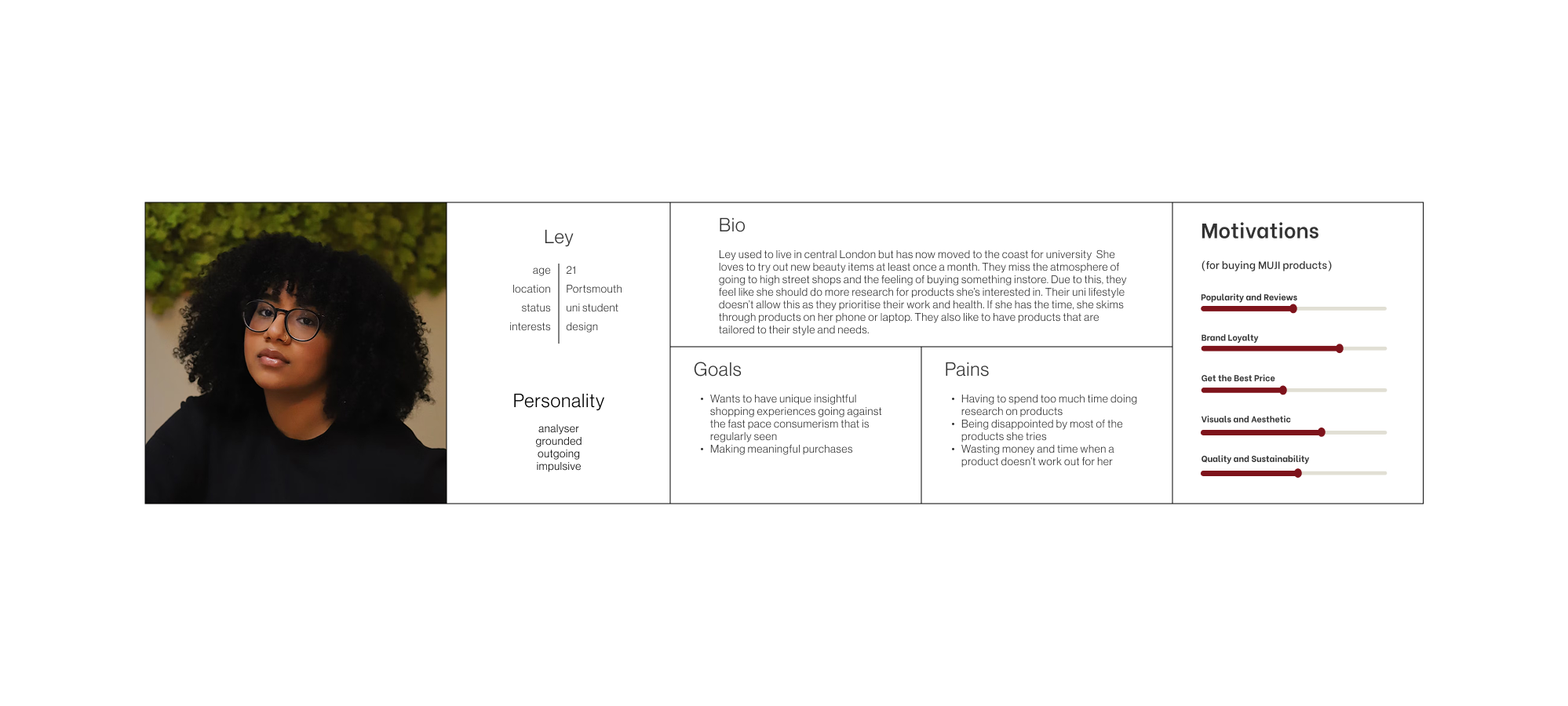
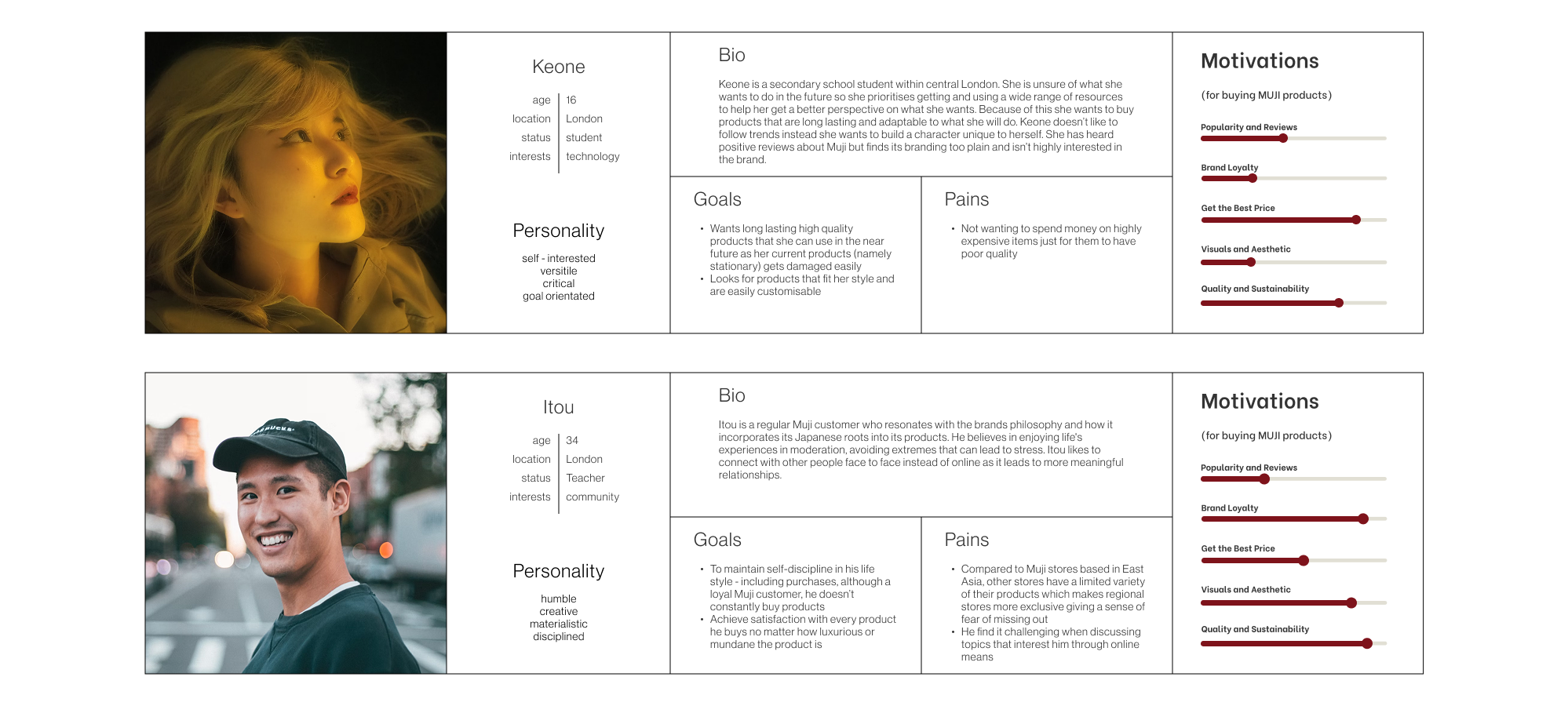
For Muji window and indoor product displays, adding an AR interaction where people can view displays with animated assets. These animations can be changed seasonally, relate to current events involving Muji or connect to the brands Japanese roots; creating a feeling of fantasy within the instore experience.
This animation was based on cherry blossom season in Japan which happens around late March to Early April. Displaying a QR code on store window displays for passer-bys to access and use can encourage them to go inside the store.
Keone could be interested in interacting with this touchpoint as a regular passer-by of a MUJI store. She can also enjoy an instore experience without purchasing anything by interacting with AR animations inside the store. This could also present her unique insights on Japanese related culture, backgrounds of displayed products or collaborators which can connect her to MUJI.
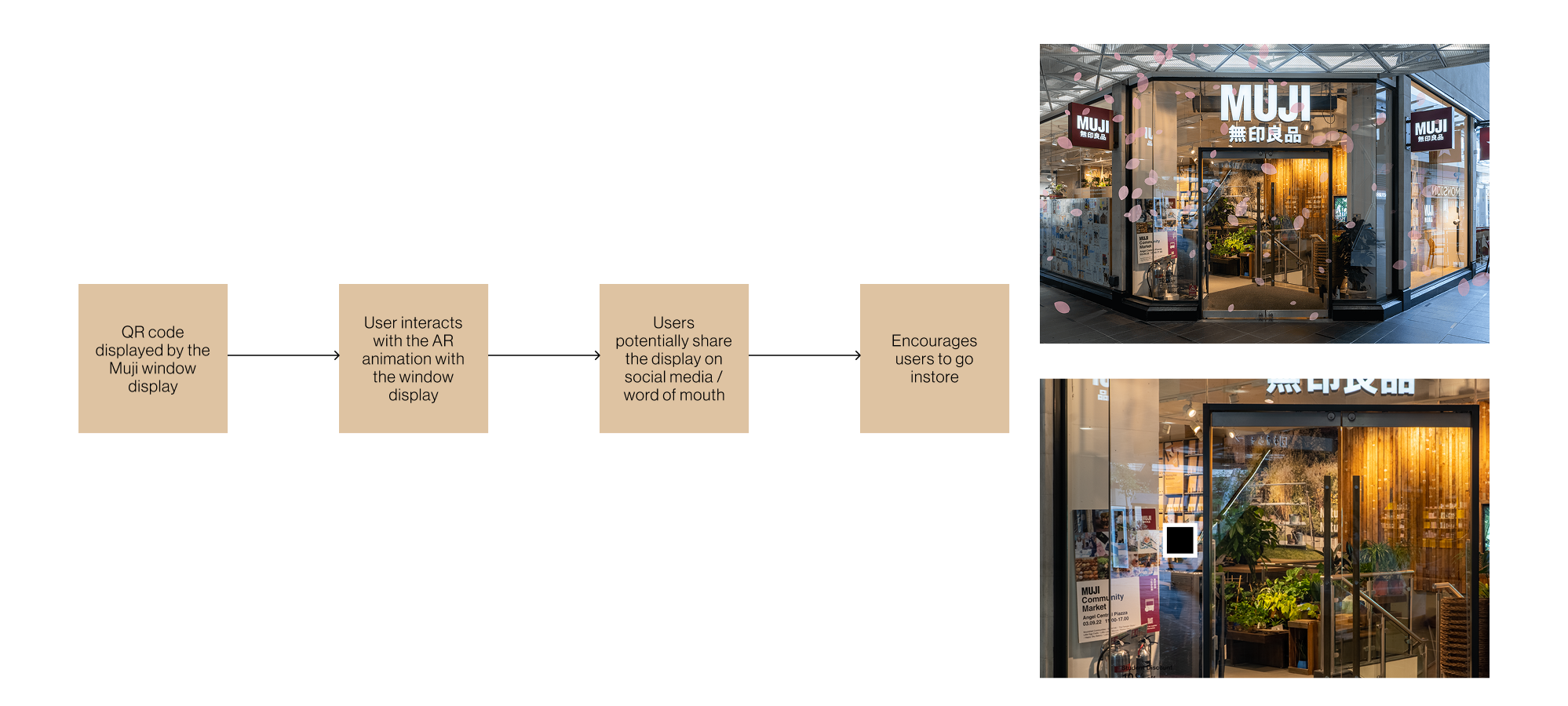
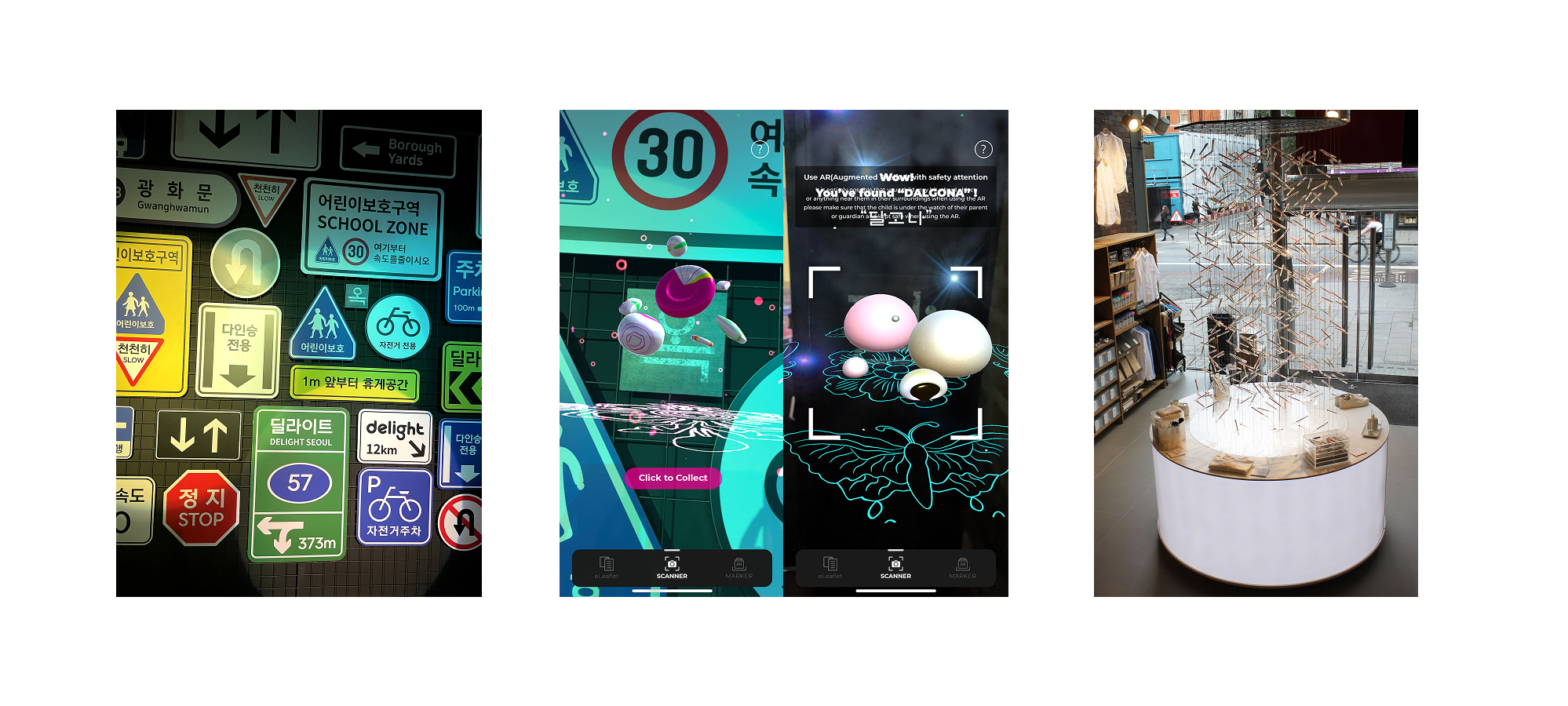
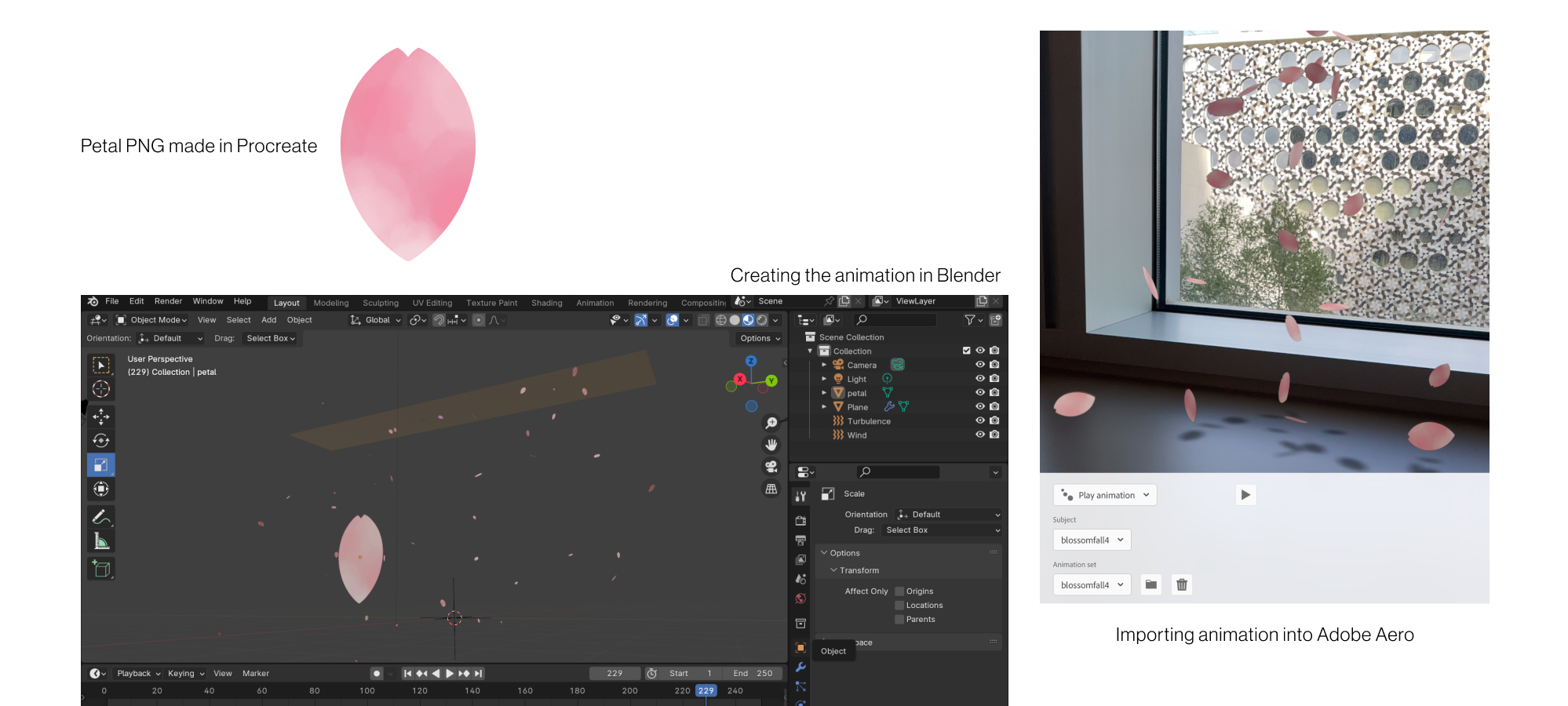
An interactive digital web poster to advertise Muji events that are exclusive to London. These events have high emphasis on building community and giving a stage to small businesses to shine.
I'll be using the latest event to display this touchpoint - Muji Community Market conducted at Angel Islington Central Piazza.
Itou would be interested in community related events. As these businesses are hosted by MUJI, they would have similar brand perspectives and philosophies.
Keone although not heavily interested or involved in MUJI products can still connect through the brand with events hosted my MUJI. Within these events she can interact with the brand through their services or spending a lot of money on products that she deems expensive
Although not physically near the event, Ley can interact and learn about these businesses though this digital poster.
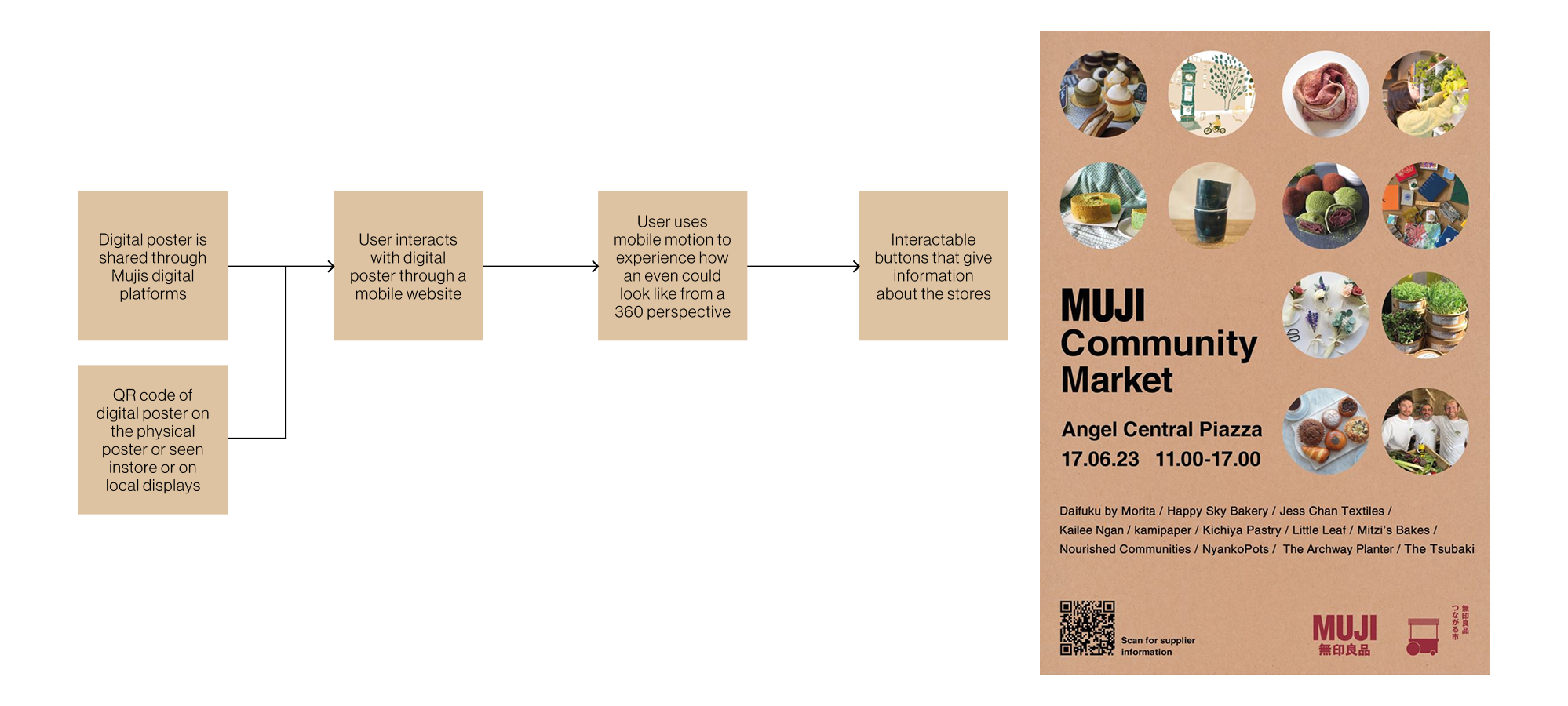
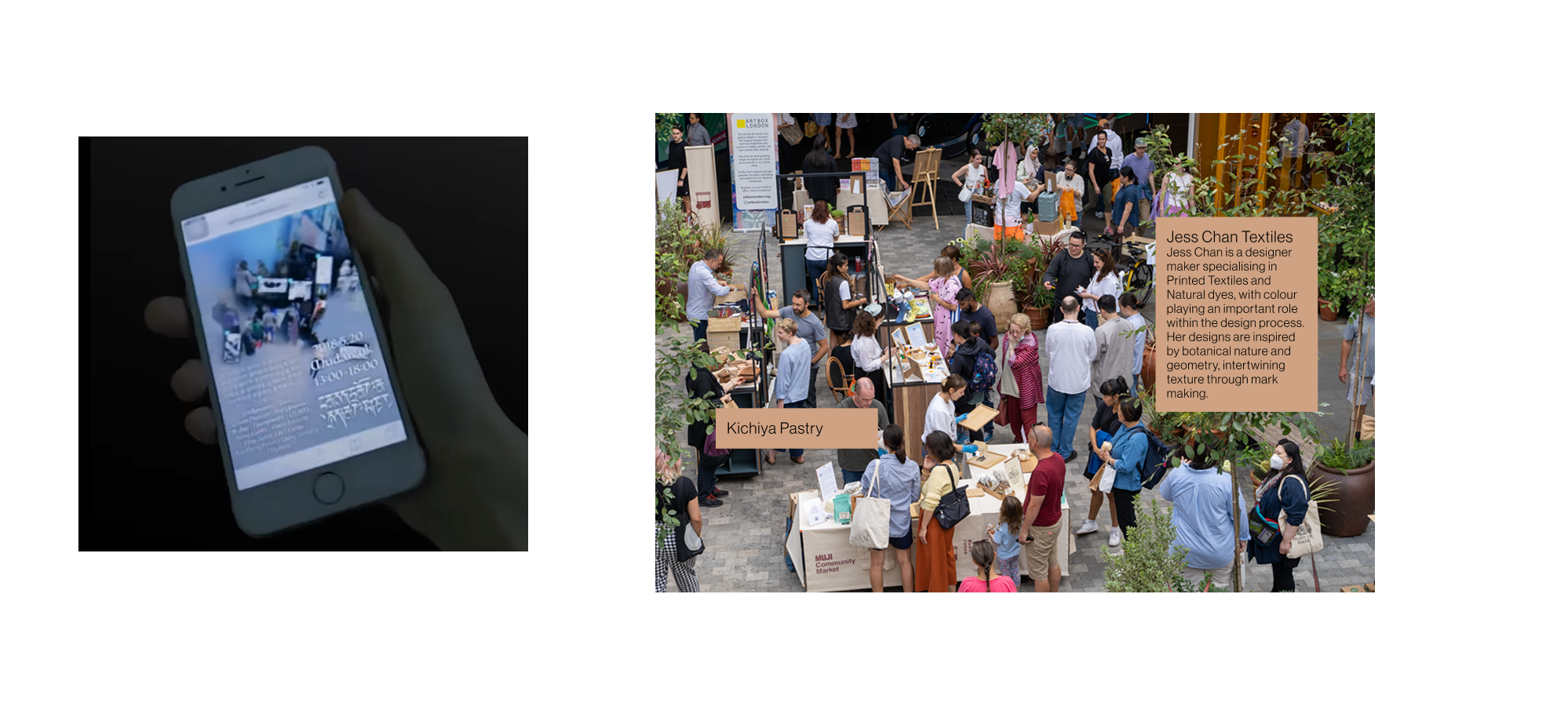
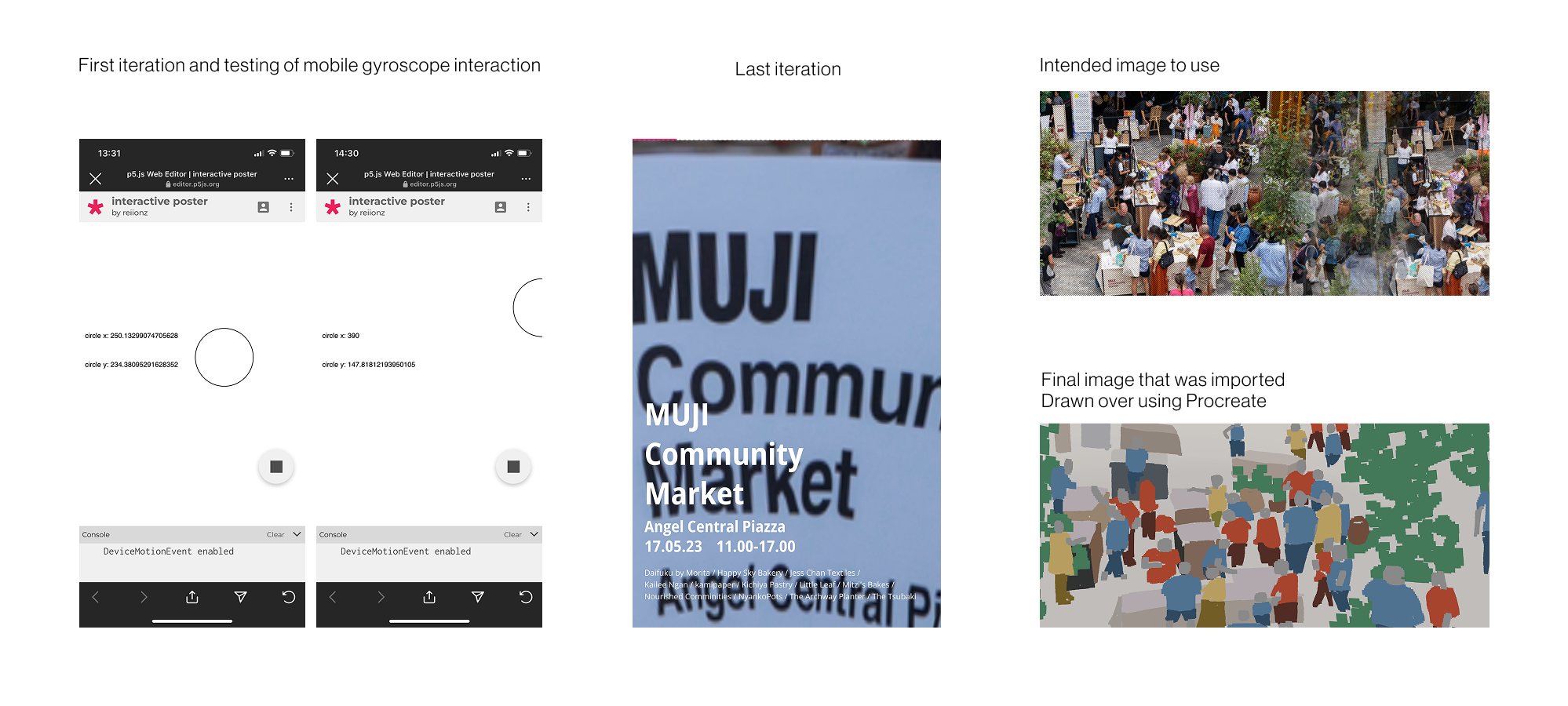
An added section to the MUJI website where there's an option to view the online store as an isometric 3D building environment, simulating a unique online experience for people who like the atmosphere of instore shopping but don't have easy access to a MUJI store.
Another section of the website is a page that displays different customised rooms which hold MUJI products in settings with different interiors and aesthetics. The MUJI products are also customised through different colours, materials and varnishes showing that a simple change while still upholding the original functionality of design can be effective and desired for audiences who don't align with the general light minimalistic style MUJI is associated with.
Ley who has missed the physical experiences of stores she doesn't have close access to can benefit from using the 3D isometric structure of the MUJI website. The visuals present the website in a more physical like navigation; along with the option to view products in moveable 3D models contributes to the senses someone would use purchasing something in a physical store.
Keone can use the customisation feature to look at how MUJI products can be stylised to her liking, giving people a special tailored version of a product. She can also see how MUJI products can synchronise to multiple style when given specific qualities.
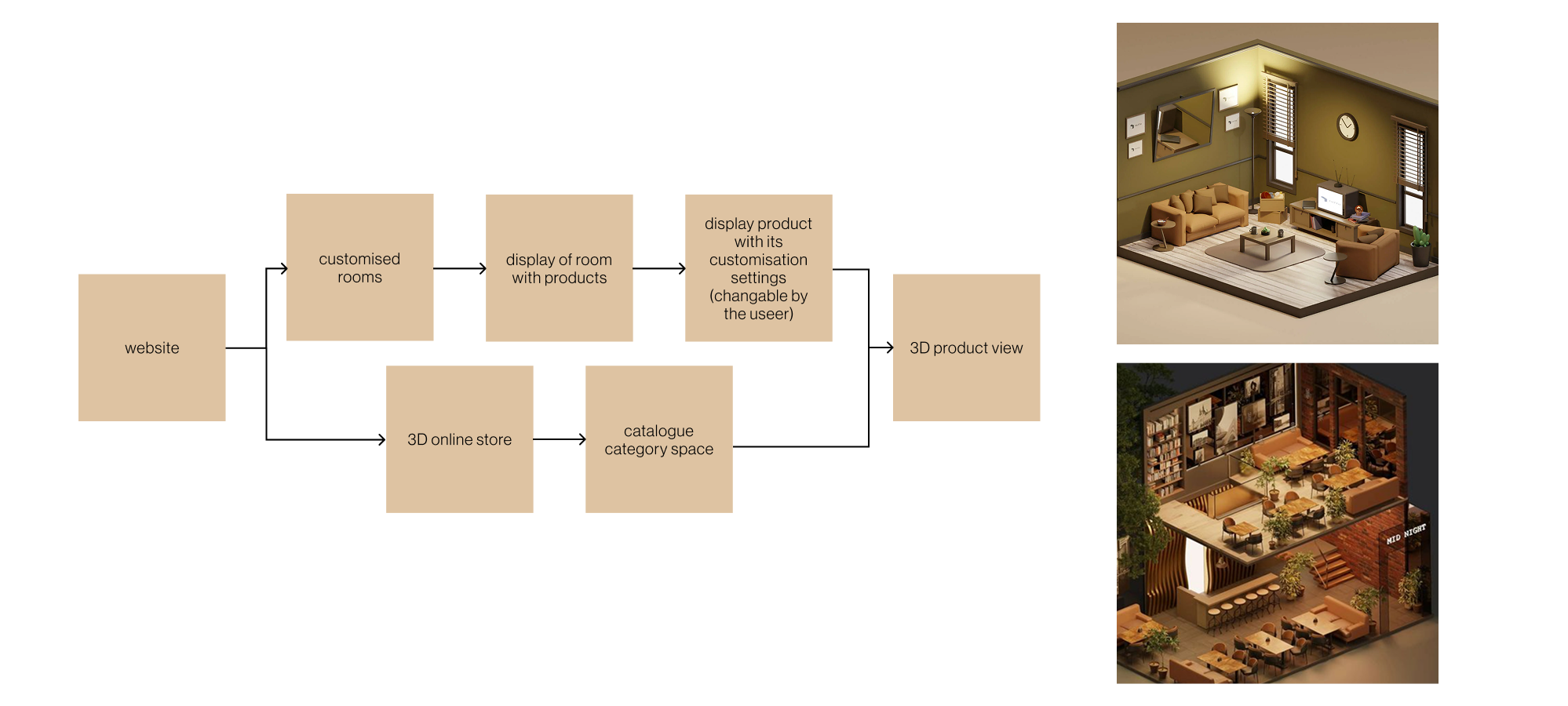
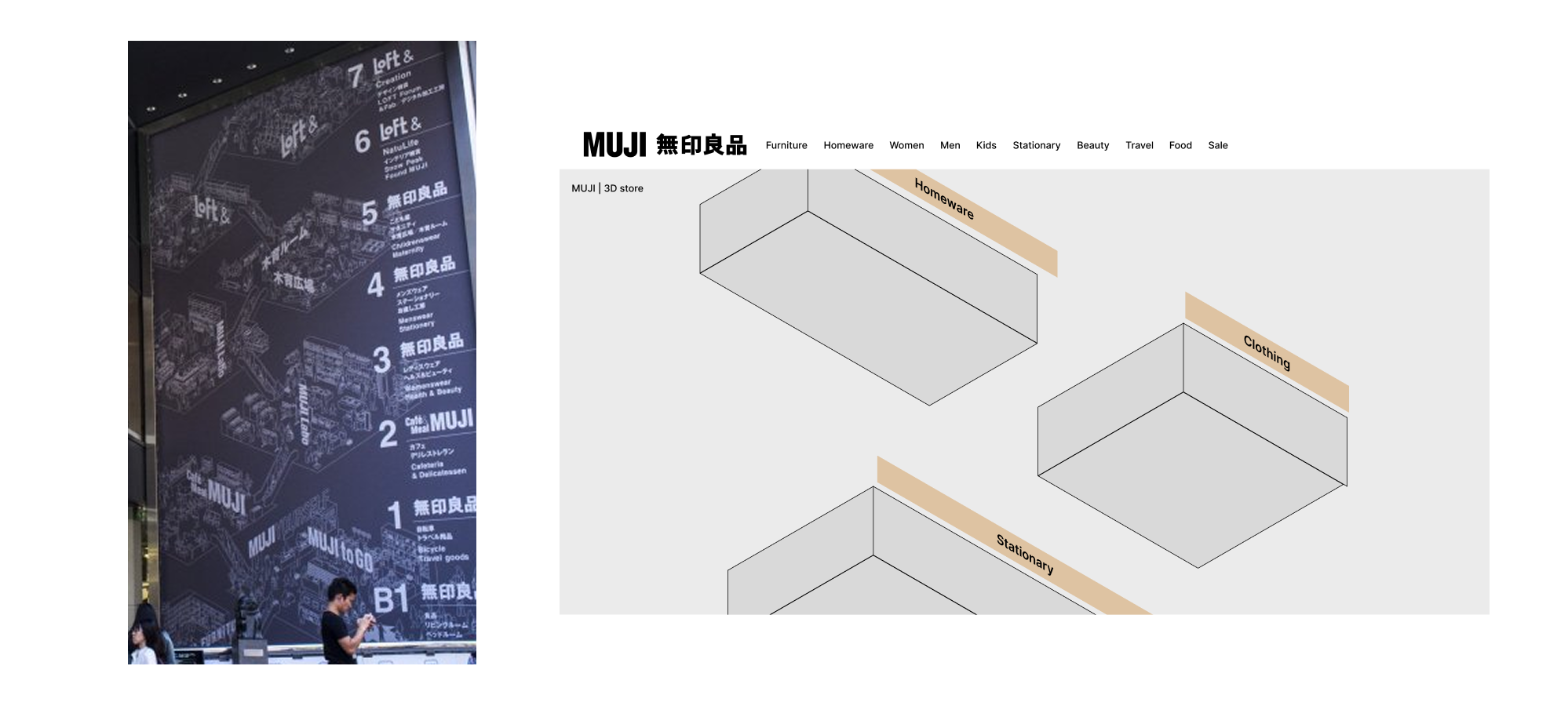
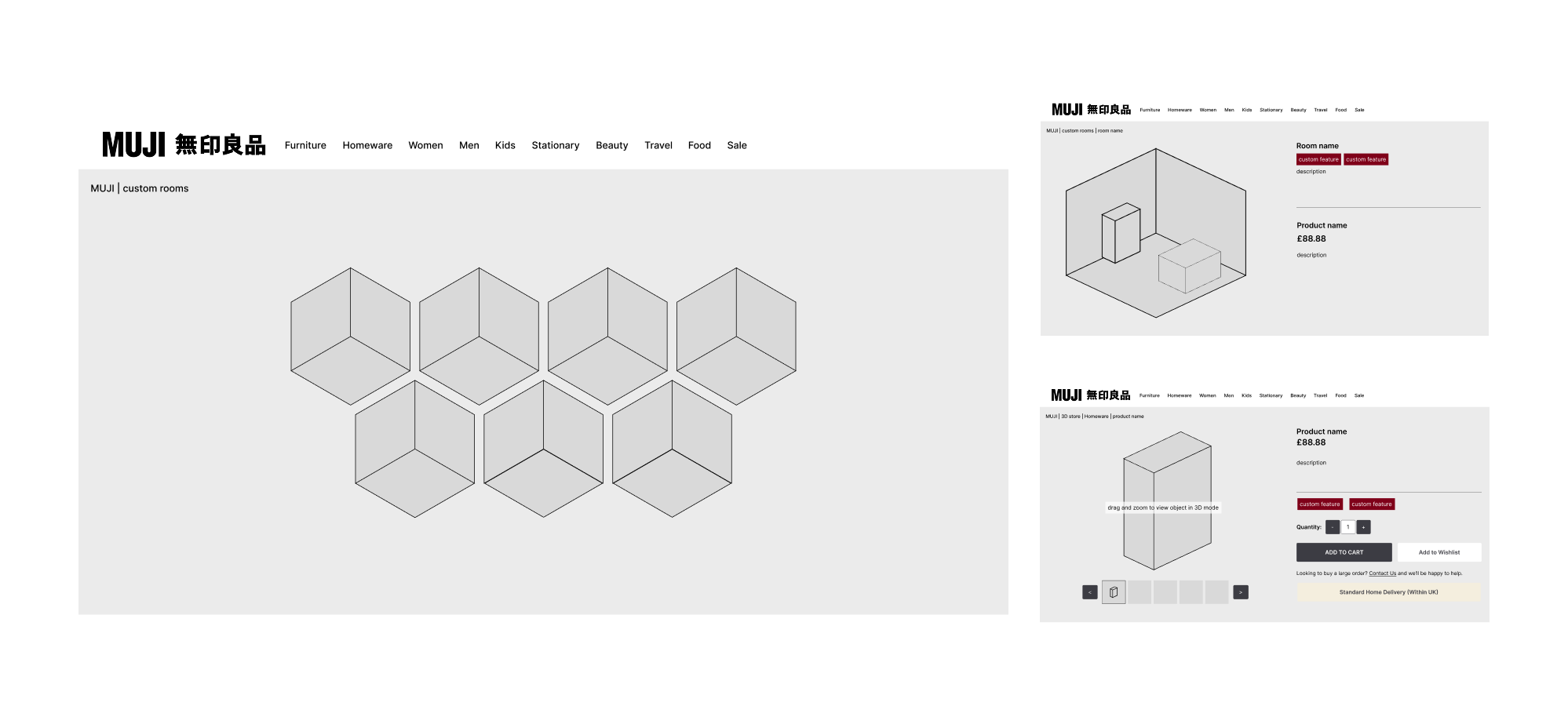
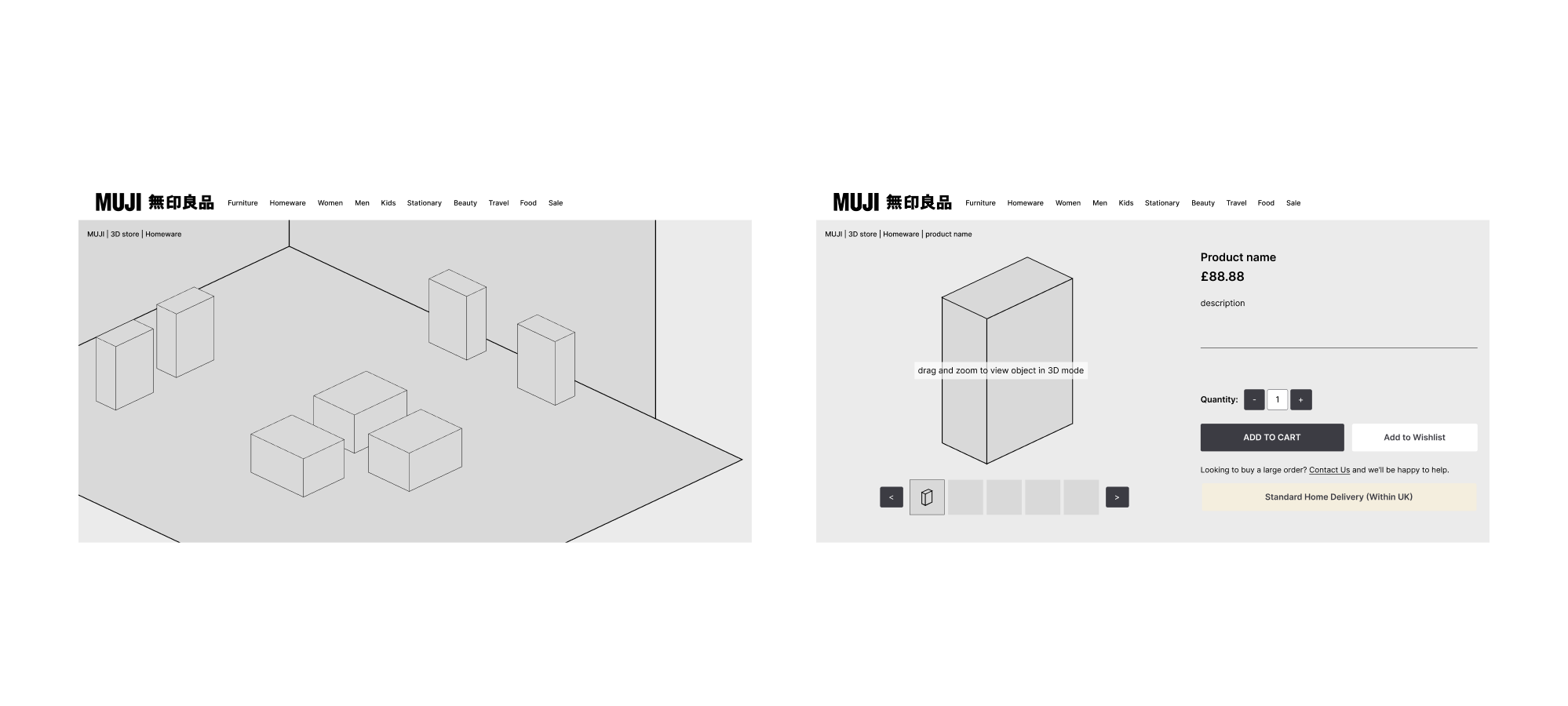
Shows interactions between customer, staff and support processes during a customer journey experience in a MUJI store
